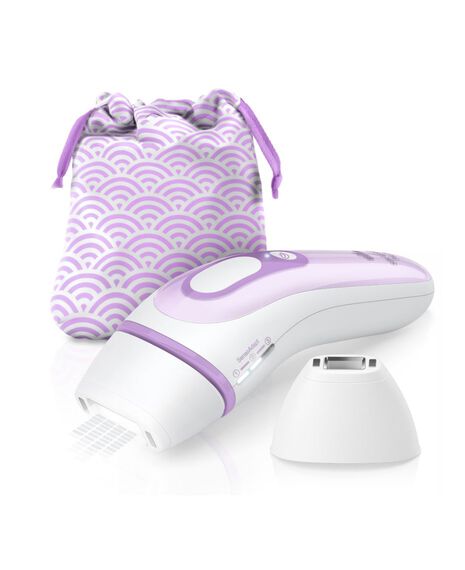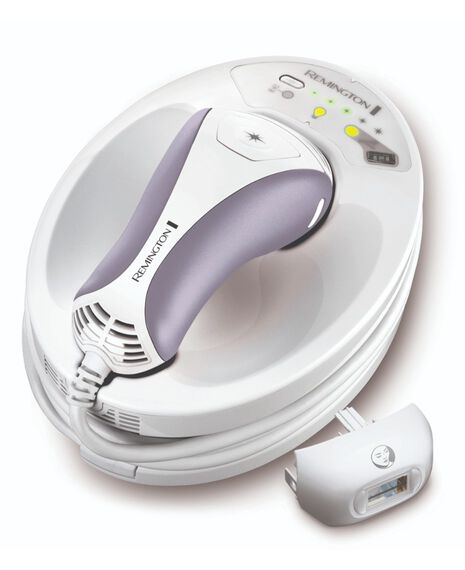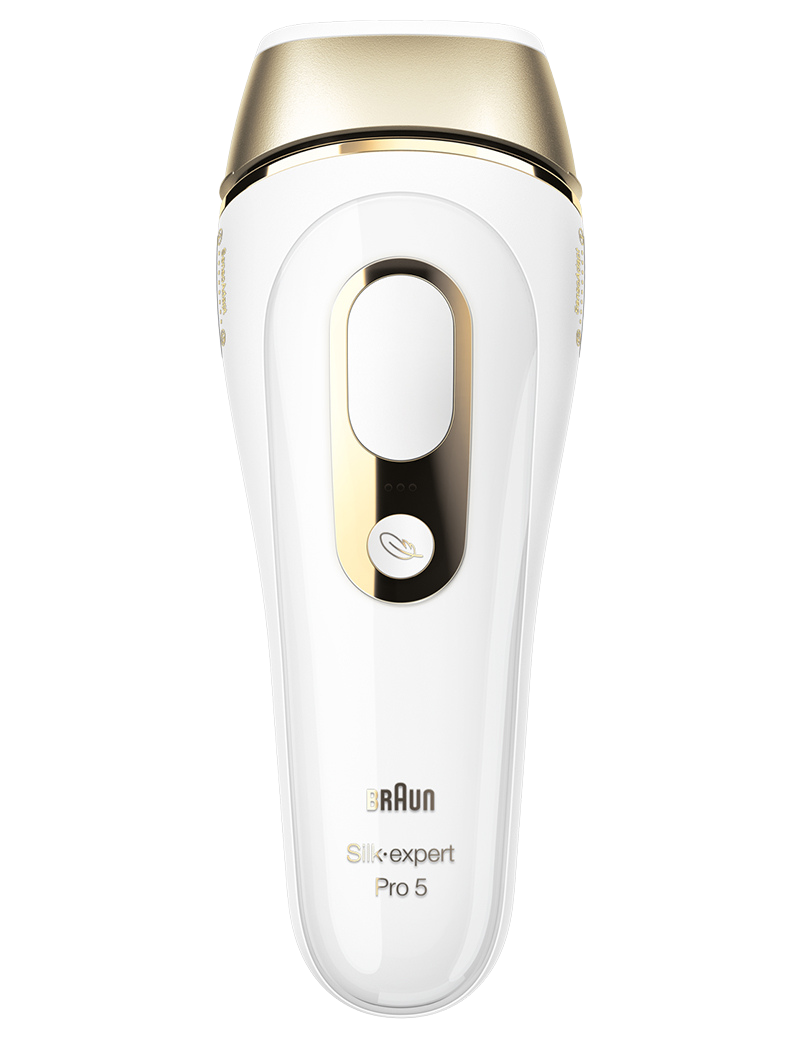A Guide To Safe & (Somewhat) Painless At-Home IPL, According To A Pro
At Refinery29 Australia, we’re here to help you navigate this overwhelming world of stuff. All of our picks are independently selected and curated by the editorial team, but we may earn commission or other compensation from the links on this page.
But how does the at-home version stack up in comparison to an in-salon treatment, especially when it comes to something like hair removal? We caught up with skincare expert Hannah English who explains how exactly IPL works, the difference between in-salon machines and at-home devices, and the benefits and effectiveness of doing it yourself.
AdvertisementADVERTISEMENT
How does at-home IPL work?
IPL works by targeting the melanin in the hair follicle as it emits Intense Pulsed Light beneath the skin. "The melanin heats up and pushes the hair into a ‘resting’ mode. When the hair is in this resting phase, it falls out naturally, and the process of hair growth starts back up again," English explains.
"Over time and with continuous IPL treatment, the pulsed light stops the hair from reaching the surface of the skin, eventually stopping regrowth." This means that with consistent use, you'll eventually see similar results to in-salon laser hair removal.
What's the difference between at-home IPL devices and in-salon laser hair removal machines?
Overall, the goal of both treatments is the same — to target the melanin in the hair follicle. The main difference you will find between at-home IPL and in-salon is the type of light that is used, English explains. "In-salon lasers tend to use a monochromatic, coherent light source, whereas IPL devices use a broad band pulsed light source."
So what does that mean for results? "There is no significant difference as the outcome is entirely dependent on factors like frequency of treatment, energy output, skin tone and hair colour," says English. Most of the time, you'll see similar results at the end of both treatments. However, at-home IPL will take longer to see the same results as in-salon laser hair removal as it's less focused.
What does it feel like? Does it hurt?
As long as you’re using a high-quality device, English says IPL should be relatively pain-free. "One thing I like about the Silk•expert Pro 5 is that it has varying settings that you can personalise to suit different areas of the body. It is particularly handy as sensitivity levels can differ depending on the area you are targeting."
AdvertisementADVERTISEMENT
"Personally, I use it on the 'Normal' setting almost every time and have barely felt a thing! However, it is nice knowing that I can dial it back to Gentle or even Extra Gentle if I am having a sensitive day," she says. The gentler settings are also great for when you've got your period and are feeling a little more sensitive to pain.
"It also has an integrated skin tone sensor that automatically adjusts the light intensity to help achieve the best results. Many IPL devices don’t have this sensor, leaving it for users to determine their skin tone and only offering limited guidance on the right setting to choose."
Here are some of our other favourite IPL hair removal devices:
What are the benefits of at-home IPL?
According to English, the biggest benefit of at-home IPL is the convenience! "These days, a lot of us are quite time-poor, and at-home IPL solutions can be seamlessly added into your beauty routine without the need to wait for an available booking at the clinic."
"A quality, at-home device is also quick and efficient. Hair removal can be done and dusted in a matter of minutes. I know for me it takes me less than 5 minutes to do both legs!" 5 minutes?! Sign us up.
What should we know before we start using an at-home IPL machine?
"For IPL to work, our hair needs to be in the ‘growth’ phase and attached to the follicle in the growth phase," says English. Before using an at-home IPL machine, you need to shave all the visible hair in the area you are trying to target. This is so the hair isn’t exposed but is still within the follicle.
AdvertisementADVERTISEMENT
English also highly recommends patch testing before you first start with IPL, just to understand how your skin responds to the treatment.
How effective is at-home IPL, and what can we do to ensure the best results?
As English mentioned, effectiveness is all dependent on the frequency of treatment, energy output, skin tone and hair colour. "To ensure maximum results, I always prep my skin beforehand — for me, this means always shaving, exfoliating and moisturising."
Does IPL treatment work for everyone?
Unfortunately, IPL isn’t suitable for everyone as all skin types are unique, and this means results can vary, English explains. "IPL tends to be most effective on light to medium skin tones with hair ranging from natural blonde to dark brown or black."
"The reason the device tends to not be very effective on very blonde, red, grey or white hair is because these hair colours contain a smaller amount of melanin, meaning they don't absorb the light energy."
"As the flashes target melanin in the hair to stop regrowth, use on darker skin tones could result in the skin absorbing more than the safe and recommended amount of light energy, causing discomfort as darker skin tones contain more melanin," says English.
Overall, if you're looking to invest in an at-home IPL machine, be prepared to pay around the $700 mark. That said, you can often find them on sale, which can be a worthwhile investment if you're looking for a convenient and relatively pain-free way to remove hair yourself.
AdvertisementADVERTISEMENT









